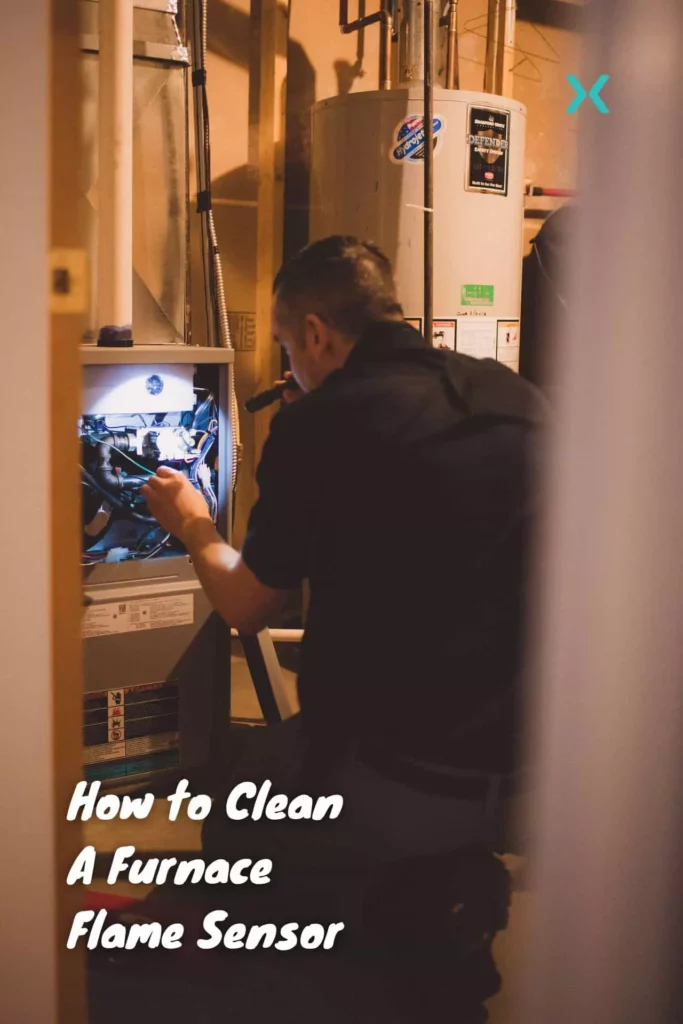🔥 Why Does Your Furnace Keep Shutting Off?
One of the most common symptoms of furnace failure is short cycling.
If you were sitting in front of your furnace watching it, the furnace inducer motor would start to run, then the ignitor would either glow orange or start sparking, then the gas valve opens, the flame lights, the sensor detects the pilot flame (or doesn’t), and then the main burners light.
If everything above happens except the main burner doesn’t light up, you most likely have a bad or dirty flame sensor.
Therefore, you will either need to install a new flame sensor or you’ll need to clean the furnace flame sensor.
🛑 A professional HVAC service repair technician performs most repairs like this, but if you have the tools and the confidence to do this safely yourself, then this article will walk you through every step of furnace flame sensor cleaning.
Table of Contents
🔥 What is a Furnace Flame Sensor, and How Does it Work?
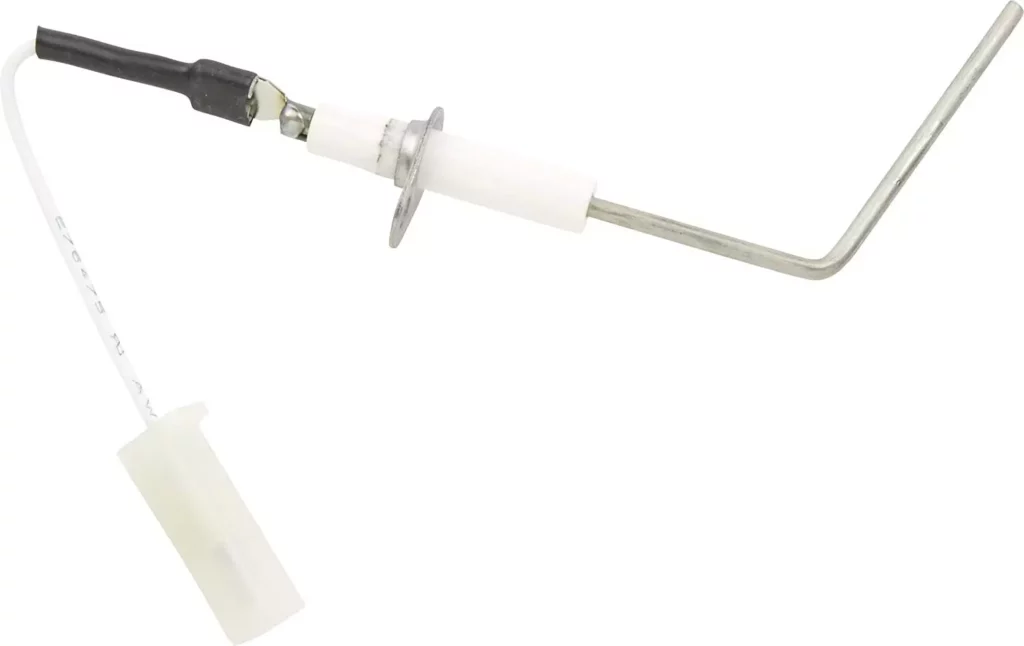
Furnace flame sensors, or flame sensors in general, are usually made up of a thin metallic rod running into a ceramic tube (about a half inch in diameter) with one electrical wire coming out the other end, which sends the flame signal to the gas furnace control board.
The furnace flame sensor is usually located on the left side of the burner assembly, with the thin metallic rod placed in the flame path.
When the gas valve opens and the flame burns, it heats the flame rod, which acts as a safety feature by telling the control board whether it senses the flame or not.
This way, if the Hot Surface Ignitor or Spark Ignitor didn’t light the flame, you wouldn’t have gas buildup in your furnace because the circuit board would automatically shut the gas valve.
Most gas-burning appliances will attempt to light the flame three times before locking out the furnace.
If this happens, you can cycle the power to the furnace, but this won’t fix the problem; it only allows you more time to troubleshoot the issue.
🔥 What Causes a Dirty Flame Sensor?
The flame sensor is always in the path of the furnace flame, which is a carbon-based fuel, and when fossil fuels burn, they can leave a carbon residue on anything in their path.
As this residue builds up, it simulates insulation which restricts the signal from the flame sensor to the furnace safety controls.
More often than not, flame sensors are just dirty and have not completely failed.
So, before you go out and buy a new flame sensor for your heating system, you should attempt a flame sensor cleaning.
🔥 Steps to Removing the Carbon Buildup on Your Dirty Flame Sensor
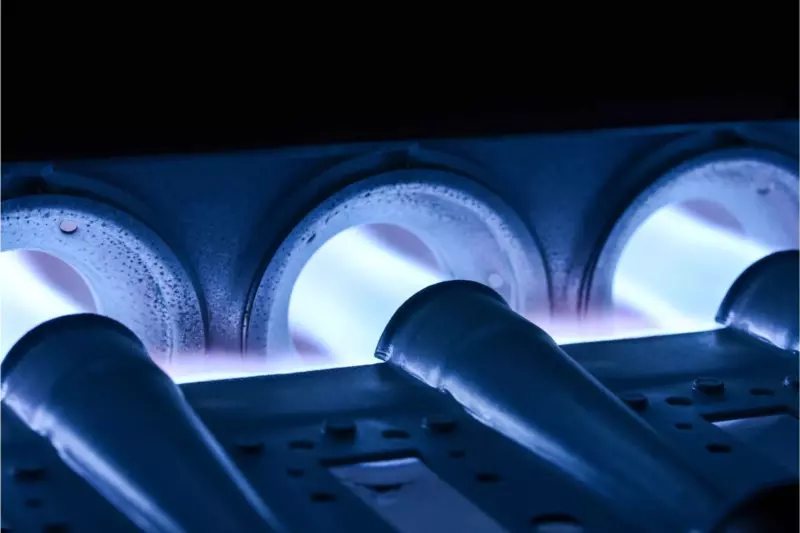
5 Steps to Removing the Carbon Buildup on Your Dirty Flame Sensor
1. Safely Shut Off the Power to the Furnace
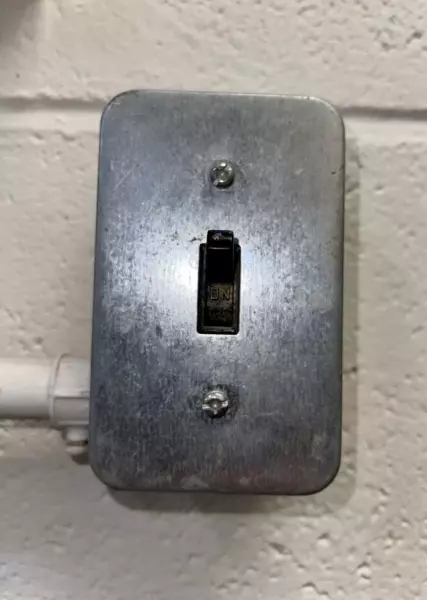
To safely shut off the power to your gas furnace, you should first locate the toggle switch or circuit breaker that controls the power to the furnace.
This is typically located near the furnace or in a central electrical panel.
If it’s near your furnace, it might look like a standard light switch.
Once you have located the switch or circuit breaker, you can turn it off to shut off the power to the furnace.
Most furnace shut-off switches are located near the furnace and look like light switches or toggle switches.
The actual location may vary between being mounted on the furnace itself, ceiling, or wall.
If the installing contractor was a keener, then it may be labeled or have a red cover plate.
If you can’t find the shut-off switch, then you’ll have to go to the electrical panel and look for the furnace breaker.
You can’t always trust the labeling on a switch or the breaker panel, so confirm that the power is off with an electrical multi-meter before working on the furnace.
2. Remove the Flame Sensor
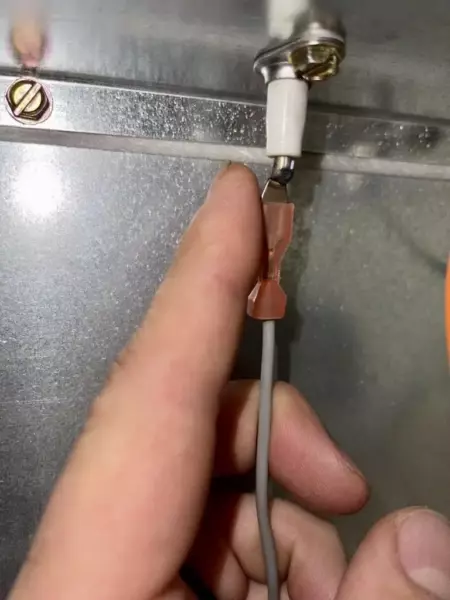
To remove a furnace flame sensor, you will first need to locate the sensor, which is typically attached to the furnace near the burners.
Once you have located the sensor, you can use the 1/4″ or 5/16″ hex head nut driver to loosen the retaining nut or screw that holds the sensor in place.
Once the retaining nut or screw is removed, you can carefully slide the sensor out of its mount and remove it from the furnace.
Be sure to avoid damaging the sensor or the furnace while removing it.
3. How to Clean a Dirty Furnace Flame Sensor
To clean a flame sensor, you will need to carefully remove it from the furnace as described above.
Once you have removed the flame sensor, you can clean the metal rod (not the ceramic tube) using the emery cloth or a soft cloth/brush and some rubbing alcohol or electrical contact cleaner.
Gently scrub the sensor to remove any dirt or debris, and then use a clean cloth to dry it off.
Be sure to avoid using any harsh cleaning agents or abrasive materials, as these can damage the sensor.
Once the sensor is clean, you can reattach it to the furnace and test it to ensure that it is functioning properly.
Remember that you’re only attempting to remove the debris and carbon buildup from the metal rod and not trying to make it shine like it was new.
If you over-clean it, you could make it worse.
4. How to Re-install Flame Sensors
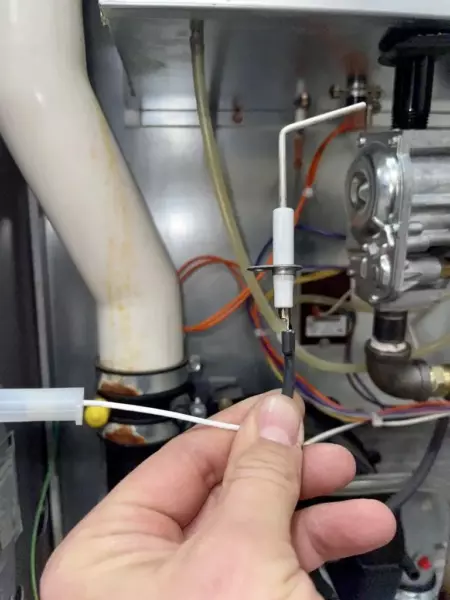
To re-install a flame sensor, you will need to carefully slide the sensor back into its mount on the furnace.
Once the sensor is in place, you can use a hex head nut driver to tighten the retaining nut or screw that holds the sensor in place.
Be sure to tighten the nut or screw securely, but avoid overtightening it, as this can damage the sensor or the furnace.
Once the sensor is securely attached, you can re-attach the electrical wire and test it to ensure it is functioning properly.
✅ PRO TIP: it’s always a good idea to check the resistance of the electrical wire going from the furnace flame sensor to the circuit board to confirm that the wire isn’t broken.
5. How to Ensure that the Furnace Flame Sensor is Working
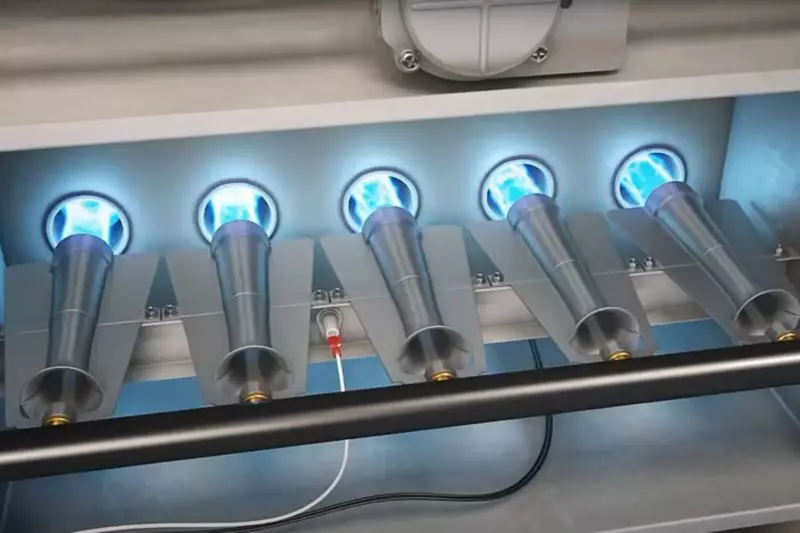
To ensure your dirty sensor is functioning properly, you can perform a simple test by turning on the furnace and observing the burners.
The flame sensor should activate the burners and maintain a steady flame.
If the burners do not ignite or the flame is not steady, this may indicate a problem with the flame sensor or another component of the furnace.
In this case, you may need a professional to inspect and repair the furnace.
Additionally, you can use a multimeter to test the sensor for continuity, which can help confirm that it is functioning properly.
Tools:
- 1/4″ or 5/16″ hex head nut driver with a 6-12″ extension
- A piece of emery cloth, or light to medium grit sandpaper
- Electrical contact cleaner
Materials: A piece of emery cloth, or light grit sandpaper, and paper towel or a clean rag
🔥 How to Replace a Broken Flame Sensor
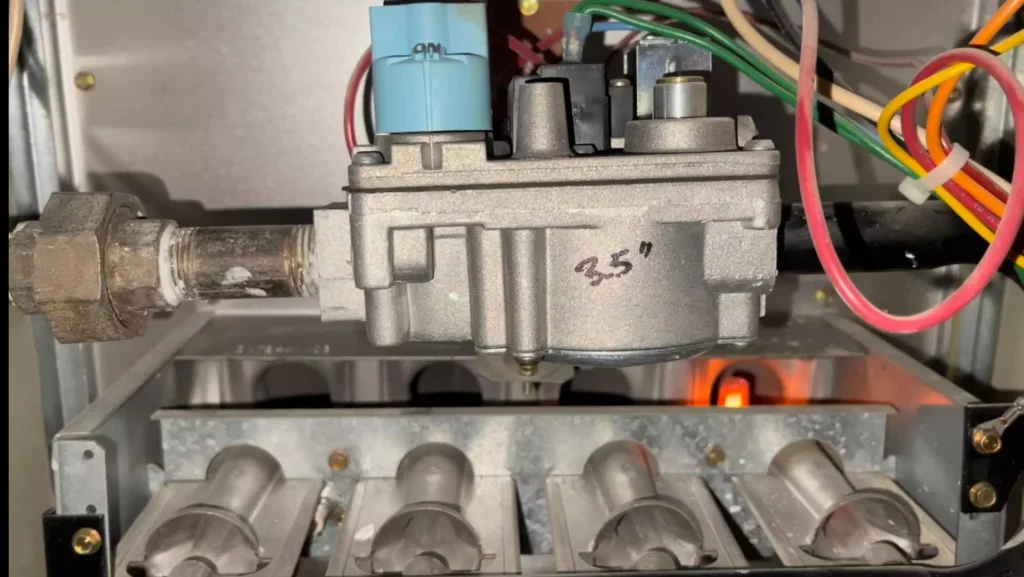
If your furnace flame sensor is not working properly, you will need to replace it.
To do this, you will first need to shut off the power to the furnace to ensure that it is safe to work on.
Once the power is off, you can follow the steps for flame sensor replacement as described above.
Once the old broken sensor is removed, you can install the sensor in its place by carefully sliding it into the mount and tightening the retaining nut or screw.
Be sure to use a new sensor that is compatible with your furnace, and follow the manufacturer’s instructions for installation.
Once the sensor is installed, you can turn the power back on and test the furnace to ensure that it is working properly.
If you are unsure how to replace the flame sensor or if you encounter any difficulties, it is best to consult a professional HVAC technician for assistance.
🔥 Where to Buy Furnace Flame Sensors for Your Furnace Brand and Model

The easiest way to buy the correct flame sensor is to contact the manufacturer or a local supply house for the furnace brand you have.
You’ll need the model and serial number for your furnace so that they can match the exact sensor rod.
If you’re a gambler, then you could try to find a universal flame sensor on Amazon that includes your furnace brand and model.
You’ll likely be able to make a universal flame sensor work, but it’s always your best bet to get the manufacturer’s part if possible.
One of the universal flame sensors that I like to keep in my service truck is the White Rodgers Universal Flame Sensor.
If you have trouble contacting the manufacturer, then your best bet is to call a local contractor to get their help.
You’ll need to pay them, but your heating system will be up and running much quicker.
🔥 What’s Next

As always, we like to inform our readers about other articles that could help them with their furnace repair issues.
So, if flame sensor replacement or cleaning didn’t get your burner assembly fired up then you should read our article on DIY Furnace Repair Problems and Solutions.
Want to learn more about furnaces, feel free to check out our furnace articles.

